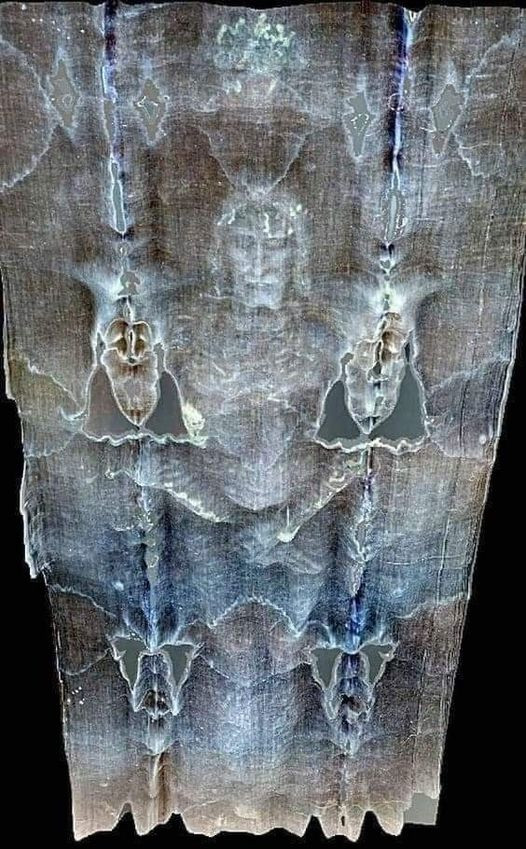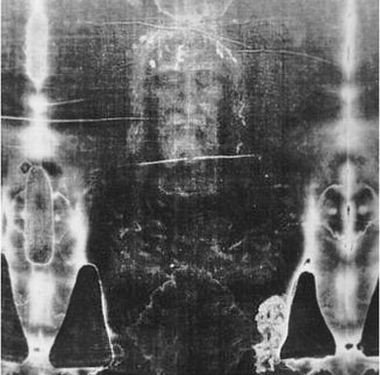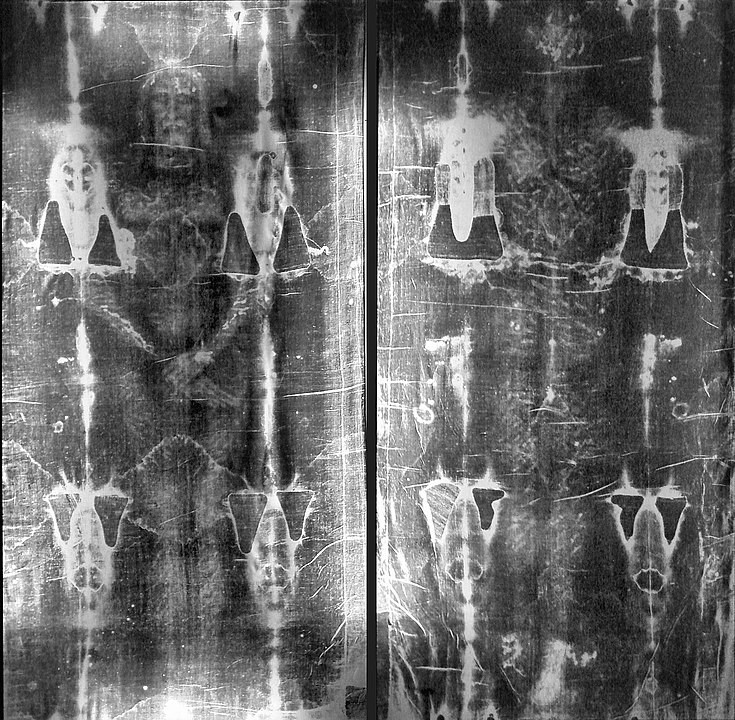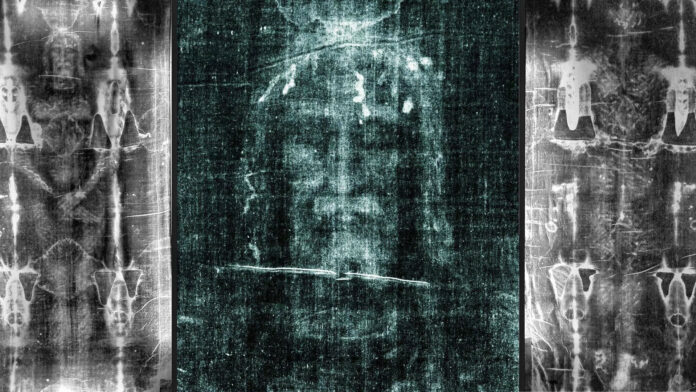The Holy Shroud of Turin: A Centuries-Old Mystery

The Holy Shroud of Turin has captivated the world for centuries, standing as one of Christianity’s most intriguing and controversial relics. This linen cloth, bearing the negative image of a man who appears to have suffered a violent death, has sparked endless debate among scientists, historians, and theologians alike.
The Image That Defies Explanation

Despite being the most scientifically studied image in history, the Shroud’s origins remain a mystery. No definitive scientific explanation exists for how the image was produced, leading to fierce debates between those who believe in its authenticity and those who dispute it.
A Journey Through Time

The Shroud’s documented history begins around 1350 in Lirey, France. Its journey saw it moved to Chambery, where it survived a fire in 1532, before finally resting in Turin, Italy, where it remains to this day.
The Intersection of Faith and Science
The Spark of Scientific Inquiry

The scientific fascination with the Shroud began in 1898 when Secondo Pia took the first photograph of the cloth. To everyone’s astonishment, the negative plate revealed a positive image, suggesting the Shroud itself was a photographic negative. This discovery launched the field of Sindonology – the scientific study of the Shroud.
Scientific Studies and Surprising Findings

In 1978, the STURP (Shroud of Turin Research Project) conducted extensive analyses on the cloth. Their findings were both intriguing and perplexing:
- The image is superficial, affecting only the top fibers of the linen.
- No paint was found on the Shroud.
- The image is three-dimensional, as revealed by NASA technology.
- Forensic analysis confirmed the presence of real blood from a tortured male.
The Radiocarbon Dating Controversy
While radiocarbon dating in 1988 suggested the linen dates to 1260-1390 AD, some researchers have questioned these results. They argue that the tested samples may have been from repaired sections of the Shroud, contaminated by a fire in 1532.
The Ongoing Debate
Evidence for Authenticity
Proponents of the Shroud’s authenticity point to the wounds corresponding to those described in the Gospels, including the spear wound on the left side and scourge marks consistent with Roman practices.
Skeptics’ Arguments
Skeptics argue that the Shroud’s image lacks the geometric distortions expected from a body imprint and that the linen’s weaving pattern was not used in 1st century Israel but was common in medieval Europe.
A Bridge Between Faith and Science

The Holy Shroud of Turin continues to fascinate both believers and skeptics, serving as a unique bridge between faith and scientific inquiry. For those intrigued by its mystery, Turin offers a journey through history and belief:
- The Chapel of the Holy Shroud, connected to the Cathedral of Saint John the Baptist
- The Museum of the Holy Shroud, housing extensive research and artifacts related to the relic
As the debate continues, the Shroud invites us all to explore the fascinating intersection of faith, history, and science, reminding us that some mysteries may forever elude simple explanations.

